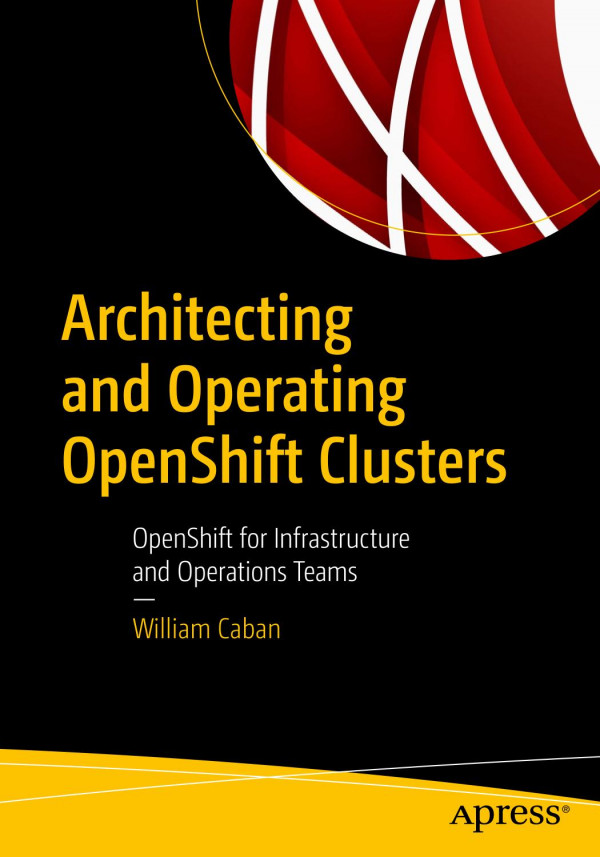

Most ebook files are in PDF format, so you can easily read them using various software such as Foxit Reader or directly on the Google Chrome browser.
Some ebook files are released by publishers in other formats such as .awz, .mobi, .epub, .fb2, etc. You may need to install specific software to read these formats on mobile/PC, such as Calibre.
Please read the tutorial at this link: https://ebookbell.com/faq
We offer FREE conversion to the popular formats you request; however, this may take some time. Therefore, right after payment, please email us, and we will try to provide the service as quickly as possible.
For some exceptional file formats or broken links (if any), please refrain from opening any disputes. Instead, email us first, and we will try to assist within a maximum of 6 hours.
EbookBell Team

4.7
46 reviewsDesign and architect resilient OpenShift clusters and gain a keen understanding of how hundreds of projects are integrated into a powerful solution. While there are many OpenShift resources available for developers, this book focuses on the key elements of infrastructure and operations that teams need when looking to integrate and maintain this platform.
You'll review important concepts, such as repeatable deployment techniques, advanced OpenShift RBAC capabilities, monitoring clusters, and integrating with external services. You'll also see how to run specialized workloads in OpenShift and how to deploy non-web based applications on the platform, all designed to help cultivate best practices as your organization continue evolve in microservices architectures.
OpenShift has become the main enterprise Kubernetes distribution and its market penetration continues to growth at rapid rate. While OpenShift’s documentation provides a great list of configuration options to work with the platform, it can be a daunting task to wade through. Architecting and Operating OpenShift Clusters breaks this content down into clear and useful concepts to provide you with a solid understanding of the OpenShift internal architecture.
What You'll Learn
Who This Book Is For
Cloud architects, OpenShift cluster administrators, and teams supporting developers in OpenShift environments who have a basic understanding of this platform and microservices architectures.